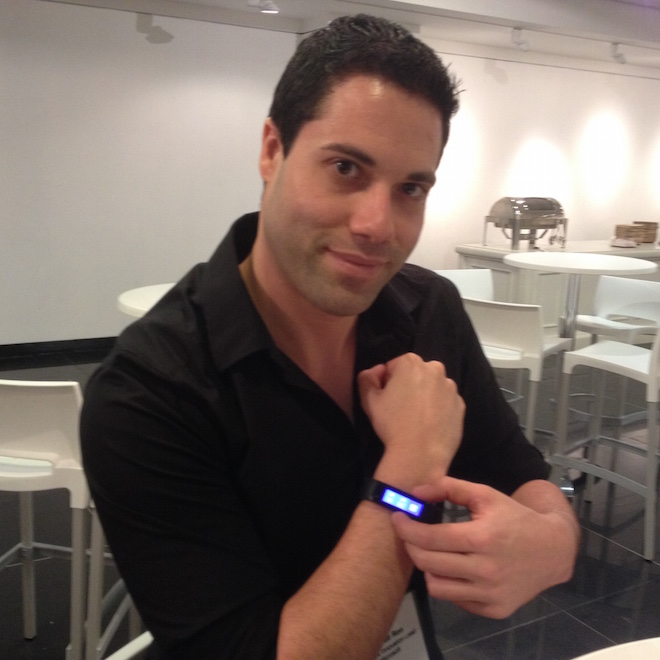Machine learning face-off: Microsoft uses Band to show what its Watson rival is capable of

When IBM's Watson supercomputer won Jeopardy, machine learning was thrust well and truly into the mainstream. Now, Microsoft is squaring up to the champion with its own challenger.

"Watson is a great service, but it has a learning curve that can be steep. I am not sure IBM means for Watson to be used by general developers."
General developers are definitely part of Microsoft's plans for Azure Machine Learning, said Ron, strategic innovation lead of Microsoft Israel's enterprise & partners group. "Microsoft wants to democratize the idea of machine learning, connecting it to our other services via the cloud and enabling developers to integrate it into their apps," as they would with an API, said Ron.
Microsoft's goal for Azure Machine Learning is to develop data models that can be plugged directly into apps that will take that data, analyze and query it, and turn it into information that will be greater than the sum of its parts for a user. For example, a predictive model would take information gathered by sensors, and based on environmental conditions, time of day, location, and umpteen other factors, spit back recommendations that will, depending on the app, make the user's life easier, more efficient, or healthier.
In that latter category is Azure Machine Learning's integration with the new Microsoft Band, the company's just-introduced fitness device.
"The band includes a prebuilt data model that uses its sensors to provide information to the wearer, not only providing accurate information about heartbeat, physical activity, calorie burn, and sleep quality, but also analyzing the data to provide insights about how to improve health, lose weight, or whatever the goal would be," Ron said.
Those insights could be suggestions for diet, specific exercise routines, or even ways to sleep better, based not on the general 'collective wisdom' of the internet, but on the specific details of the user. "[It's about] how to get from point A to point B in an intelligent, personalized manner, understanding all the factors involved and providing answers to real-life questions," said Ron.
It's exactly the kind of thing Watson can do - but Microsoft's version of intelligent data analysis "is accessible to everyone, not just experts," added Ron. Still, any developer who feels the need to get "under the hood" of Azure ML and use it to program their own specific data model is certainly welcome to do so. But that might not be necessary, said Ron. "We envision a marketplace where a developer will be able to connect to one or more data models, uploading data to the Azure cloud and providing users with answers."
While Microsoft is using health - and specifically its own Microsoft Health platform - as a sort of working beta for Azure ML (Microsoft introduced it about six months ago), Ron sees it being used in an entire range of Internet of Things ecosystems.
"We've gotten very good at mining and collecting big data, but we're way behind on using it," said Ron. "Currently, even in health, which is arguably one of the biggest big data plays, we are using only seven percent to 12 percent of the data collected.
"We have an ambitious platform: We are ready to work with anyone and everyone that wants to add some intelligence to their apps. We really want this to be an intelligence engine that will work with everything, and Microsoft Health is a good place to start."
Read more on this
- Microsoft acquires legal-focused machine-learning vendor Equivio
- Big Data, Data Mining, and Machine Learning, book review
- Machine learning needs human helping hand
- In praise of inefficient technology and creative mistakes
- Artificial intelligence in your shopping basket: Machine learning for online retailers